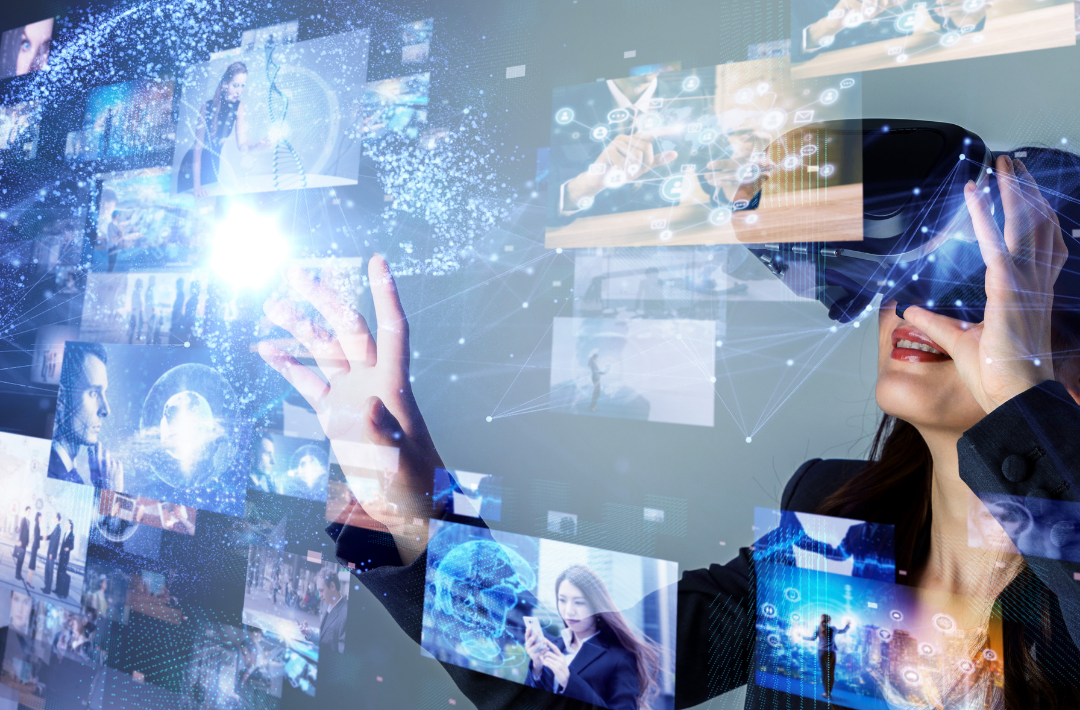Since its introduction in the 1990s, the smartphone has become ubiquitous in our lives. We use them to make calls, send texts, and check emails. We use them to look up directions, make reservations, and find the nearest restaurant. We use them to listen to music and take pictures. We use them to play games and watch movies. In short, we use them to do just about everything.
However, there is still one thing smartphones can’t do, and that is overlay a computerized image on top of a real-world image. So, how can companies use augmented reality to revolutionize personal marketing?
Augmented reality (AR) may be one of the most widely misunderstood concepts in marketing today. But it’s only a matter of time before a new wave of AR technology changes the marketing landscape forever. Although it may be some time before we see its full potential, there’s no doubt AR has the potential to revolutionize how we interact with the physical world.
What is Augmented Reality?
Augmented reality (AR) is how digital devices layer information on top of the real world. Imagine you’re a sales rep for a large technology company. You would need to hand out your business card and hope to get a call in the past. Now you can hold your phone up to someone’s face, and the AR app will overlay your business card and a video of you on top of their field of vision. This gives you a better chance of contacting the potential client and giving them something to remember you by.
Today, we’ve got on-demand streaming services like Sling TV, Netflix, and Hulu, as well as video-on-demand apps like Vudu and Amazon Prime, which allow us to watch TV shows and movies whenever we want. Soon, augmented reality will allow brands to deliver personalized and localized messages not just when we’re watching TV, but wherever we are, and whatever we’re doing. It is almost similar to how analytics companies like Samba TV provide data for connected TV advertising.
Companies haven’t always been at the forefront of adopting new technologies. In fact, the biggest firms of this era are known to have lagged behind the competition in the last ten decades. However, the same companies today seem to be utilizing tech to offer what their customers expect, thanks to customer journey maps (those unaware of what the term means can check out the customer journey map explained here) that might have helped entrepreneurs understand what the consumers really desire. Therefore, it might be safe to say that the usage of artificial intelligence (AI), virtual reality (VR), and augmented reality (AR) in businesses are the result of understanding the needs of clients. Nevertheless, businesses have not fully trusted these techs yet. They might be seeing them in the same way they looked at the Internet 20 years ago: with a combination of skepticism and excitement. The difference is that this time around, many companies have the resources to put these technologies to the test, and they have been doing so since 2015.
The application of augmented reality in the sphere of marketing has become more and more popular among large brands. Starbucks and AR Banners are great examples of this. Such a practice is simple: customers are offered to scan the logo of a coffee shop to get information about special offers and discounts.
In the world of personalized marketing, the ability to tailor an advertisement to the specific preferences of each individual consumer can be very important. The popularity of the augmented reality and its potential to be used in the workplace have made AR Banners one of the most sought-after tools among large enterprises to promote their products to a broad audience.
Future AR-based advertising could see many implementations when it comes to marketing techniques. For instance, AR-based product visualizations, interactive advertising experiences, and digital signages (offered by companies such as looptv) could be a few of the several ways AR could be used in marketing in the future. However, most people remain unaware of the capabilities augmented reality holds for them.
To make the most out of AR technology, marketers can use the technology to market to customers in a personalized way while they are in the store. AR marketing can be used to show the customer the product in a realistic setting, and the customer can be able to use the product in a new way.


